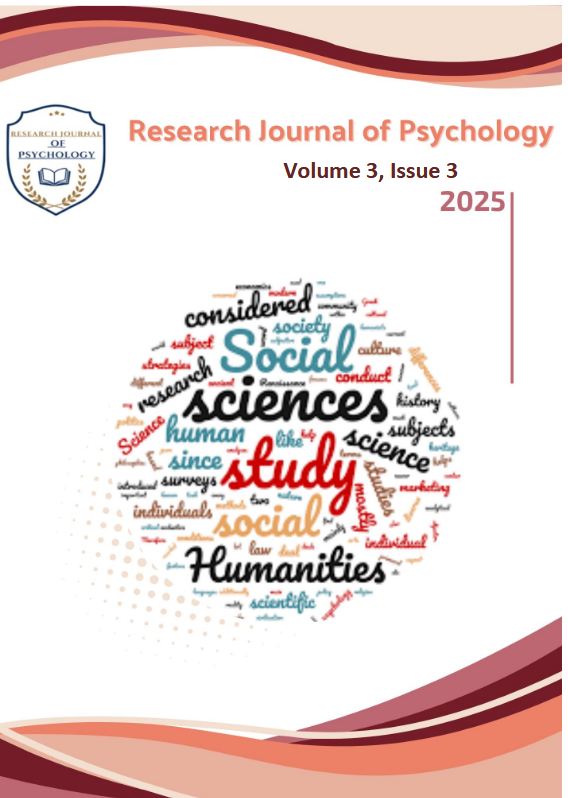Economic Stability and Relationship Quality: Exploring the Effects of Husbands’ Employment on Marital Satisfaction in Low Socioeconomic Status Couples
DOI:
https://doi.org/10.59075/rjs.v3i3.177Keywords:
Marital Satisfaction, Economic Stability, RelationshipAbstract
This study aims to research the connection between employment status of husbands with marital satisfaction among the couples in lower socio-economic status. It is assumed that there is a critical change between marital satisfactions of couples with relation to employment status of husband. A sample of N=100 couples (husbands and wives) consisting of n= 100 males and n=100 females (employed and unemployed both) aged from (20-59) i.e. early and middle adulthood, taken from the lower socio-economic status which is obtained through purposive and snowball sampling technique. Data has been collected from couples by using the Locke & Wallace Marital Adjustment Test (Urdu version). Statistical Package for Social Sciences (SPSS) was used to compute the results and analysis was done using independent sample t-test. Analysis revealed there is no significant difference between marital satisfaction of couples with relation to employment status of husband. Other possible factors that might be significant for marital satisfaction of couples in the current study are discussed. Limitations and suggestions for future studies are also mentioned.
Downloads
Published
How to Cite
Issue
Section
License
Copyright (c) 2025 Research Journal of Psychology

This work is licensed under a Creative Commons Attribution 4.0 International License.







